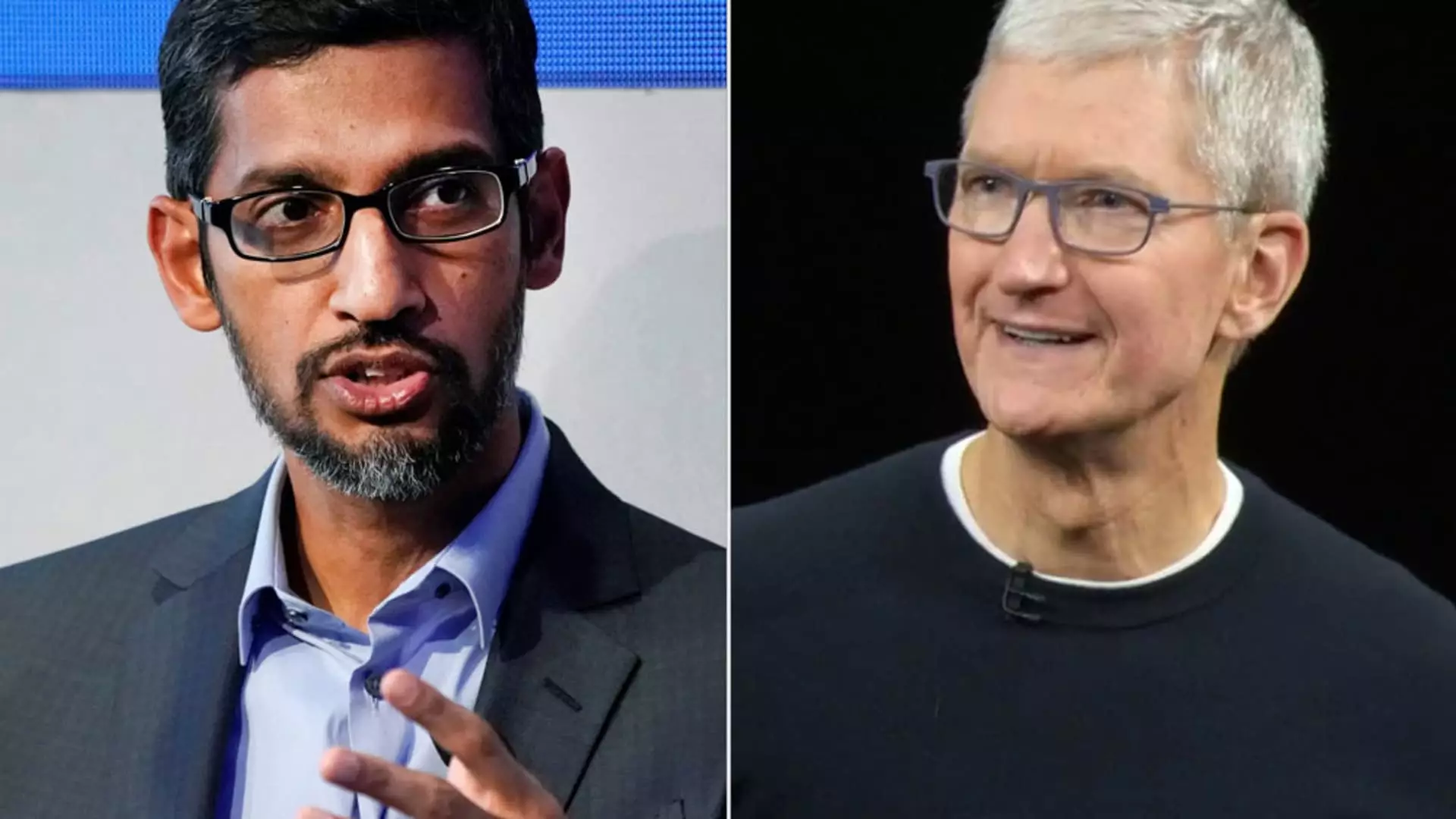Apple made an interesting move on Monday by revealing that the artificial intelligence models powering its Apple Intelligence system were pretrained on Google processors. This decision to utilize Google’s homegrown Tensor Processing Unit (TPU) for training is significant as it indicates a shift away from Nvidia’s dominance in the market for high-end AI training chips. The details of Apple’s choice were outlined in a technical paper recently published by the company, showcasing a move towards exploring alternatives to Nvidia.
Nvidia’s GPUs have long been the go-to choice for companies looking to train cutting-edge AI models. However, the demand for Nvidia’s pricey GPUs has been so high in recent years that obtaining them in the required quantities has proven to be a challenge. Companies like OpenAI, Microsoft, and Anthropic have relied on Nvidia’s GPUs for their AI models, creating a bottleneck in the market. This scarcity has prompted tech giants including Google, Meta, Oracle, and Tesla to seek out alternatives for building out their AI systems and offerings.
Meta CEO Mark Zuckerberg and Alphabet CEO Sundar Pichai recently made comments suggesting that there may be an overinvestment in AI infrastructure across the industry. Despite recognizing the business risk of not keeping up with technological advancements, they highlighted the importance of striking a balance in their AI investments. Zuckerberg emphasized the consequences of falling behind in AI, noting that it could mean being out of position for the most crucial technology trends in the coming years.
In its 47-page technical paper, Apple did not explicitly mention Google or Nvidia, but it did reveal that its Apple Foundation Model (AFM) and AFM server were trained on “Cloud TPU clusters.” This approach involved renting servers from a cloud provider to efficiently and scalably train the AFM models. Apple later unveiled the Apple Intelligence system, introducing new features such as a revamped Siri interface, improved natural language processing, and AI-generated summaries. The company also plans to incorporate generative AI functions like image and emoji generation into its offerings over the next year.
Google’s TPUs have emerged as a cost-effective and mature solution for AI training. The latest TPUs cost under $2 per hour when booked for three years in advance, making them an attractive option for companies looking to develop advanced AI models. Google introduced its TPUs in 2015 for internal use before making them available to the public in 2017. Despite this, Google remains a top customer of Nvidia, utilizing Nvidia GPUs alongside its own TPUs for AI training and offering access to Nvidia’s technology on its cloud platform.
Apple previously disclosed that inferencing, the process of running pretrained AI models to make predictions, would occur partially on Apple’s own chips within its data centers. This strategic move aligns with Apple’s broader efforts to integrate AI technology into its products and services. The company’s decision to leverage Google processors for AI training signals a departure from traditional practices, highlighting the evolution of the AI landscape. By embracing innovative solutions and forging partnerships with industry leaders like Google, Apple is positioning itself for success in the rapidly advancing field of artificial intelligence.


Leave a Reply